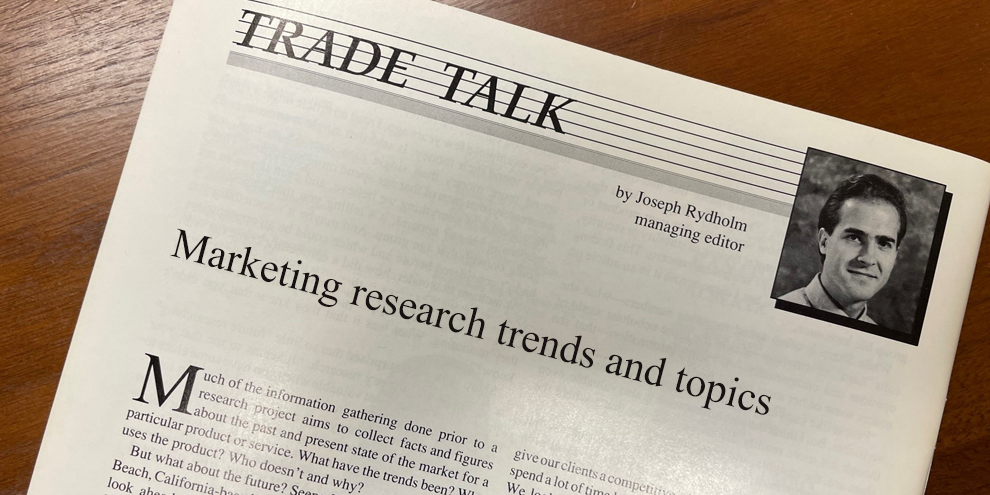People come to the marketing research industry from many different educational and professional backgrounds. Depending on that background, whether it's undergraduate or Ph.D., sales, marketing, or advertising, each person will have a different amount of knowledge about the research process. To function as a team, everyone has to be able to communicate on the same level and understand what their co-workers are talking about, right? But where does someone new to the field go for a quick overview of how information and information gathering fit into marketing?
Peter Francese's new book, Capturing Customers, is a good place to start. Francese, founder of American Demographics magazine, has written, with the help of American Demographics contributing editor Rebecca Piirto, a succinct 200 page primer on the strategic use of consumer information sources.
The book is set in the context of the changing U.S. marketplace, beginning with a recap of some of the social and economic shifts of recent decades and their effects on the way products and services are marketed today and how they will affect marketing in the future. Francese makes clear up front the importance that consumer information will have in the 90s - and beyond:
"If knowledge is power, then knowing about your customers is marketplace power. The better you know your customers, the more successful you will be at tailoring your products and promotions to them. In the 1990s, if you don't know who your customers are, your competitors probably will."
Getting to know your customers involves answering four basic questions: Who are they? What do they want? Where can they be reached? and What do they buy? These questions have their respective information components - demographics, psychographics, media preferences, purchase behavior - which are described in the first half of the book. Each component's chapter discusses how to use the particular type of information, explains what forms it is available in, and shows who to get it from (government, private commercial sources). For example, the chapter on purchase behavior looks at the government's Consumer Expenditure Survey and at the various syndicated services that track buying behavior.
The remaining half of the book takes what the authors call a problem solving approach to applying consumer information, in the belief that "creative, information-based decisions are the root of each business success." Throughout this section, real and theoretical examples of products and information needs are presented as illustrations. For example, the chapter on product and service analysis briefly looks at how Toyota used a variety of information sources to develop a portrait of buyers of its Lexus line of cars and to determine where it should locate its dealers. Other chapters cover advertising and promotion analysis, market analysis, and strategic planning.
Capturing Customers is full of savvy advice and the kind of "actionable information" researchers are always striving to unearth, presented in clear terms with helpful examples to make the concepts understandable. For newcomers, it's a one-stop reference for basic data on a variety of information sources, guiding the reader from the inner workings of the Census through the maze of acronyms - VALS, TIGER, ADI, MSA - he or she is bound to encounter in day-to-day work. More "experienced" readers will find the book useful, thanks to its well-planned strategic suggestions and thought-provoking analysis.
But perhaps most important, this book will help you to ask informed questions, which will lead (one hopes) to informed answers and sound, research-aided business decisions.)
(Capturing Customers, $39.95, is available from American Demographics Books.)
